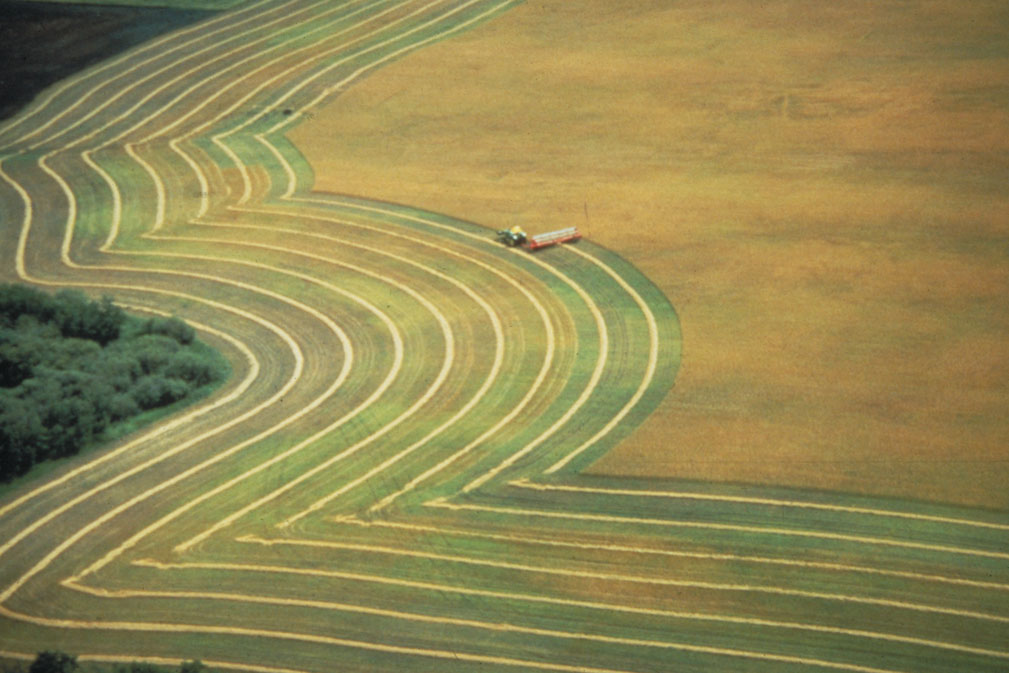Facts on Canola Farming and the Environment
Canola farmers take pride in how they care for their most valued resource; their land. By adopting leading-edge innovations, farmers are able to produce more canola per acre on the same amount of farmland. New plant traits such as herbicide tolerance have helped farmers switch to no-tillage practices and farm more efficiently and sustainably.
Q. What is canola?
A. Canola's history goes back to the rapeseed plant, but canola and rapeseed are not the same. In the 1970's, Canadian plant breeders produced canola through traditional plant breeding techniques. "Canola" refers worldwide to varieties with two percent or less erucic acid in the oil and 30 micromoles per gram or less of glucosinolates in the meal.
Q. What does canola look like?
A. Each canola plant grows anywhere from 3-6 feet (1-2 meters) tall and produces groups of yellow flowers which in turn, produce seed pods about five centimeters (2 inches) long. Each pod turns brown as it ripens and contains twenty or more tiny round black or brownish-yellow seeds. Each seed contains approximately 45 percent oil and so canola is classified as an oilseed.
Canola is a cool-season crop and grows particularly well on the prairies where cool night temperatures allow it to recover from hot days and there are limited amounts of rainfall.
Q. How is canola produced?
A. There are two main types of canola grown, the short growing season Polish type (Brassica rapa, a brown/yellow seed) and the longer season Argentine type (Brassica napus, a black seed).
Seedlings emerge four to ten days after planting. From a taproot, bottom leaves form a rosette, which send up a flower stalk as the plant grows. The flowering stage lasts 14 to 21 days and prairie fields at this time are a sea of brilliant yellow flowers. Bees, visiting the flowers for nectar, help pollinate the flowers. Once the flowers are fertilized, pods take 35 to 45 days to fill. The field is swathed when about one half of the seed pods have turned color from green to yellow or brown. The swathed crop dries for approximately ten days and then is combined.
Q. What challenges does canola present to the farmer?
A. One of the greatest challenges in growing canola is competition from weeds. Farmers used to rely on tilling the soil to remove weeds from their fields. It dried out the soil, leading to erosion and reduced fertility. With herbicide-tolerant canola, farmers can forgo tillage and use smaller amounts of herbicide to control weeds, keeping the soil moist and fertile. Today's herbicide-tolerant varieties have allowed farmers in Canada to reduce the amount of herbicide they use by 20% since 1996.
Q. What is the impact of no-till farming practices on greenhouse gas emissions?
A. The combination of conservation tillage and growing herbicide-tolerant crops means canola farmers can make fewer passes over their fields and use less fuel. Conservation tillage practices have resulted in 126-194 million fewer liters of diesel fuel used on Canadian farms each year, reducing greenhouse gas emissions by about 450,000 to 750,000 tonnes per year.
Related information- Sustainability: Facts on Canola Farming and the Environment factsheet

